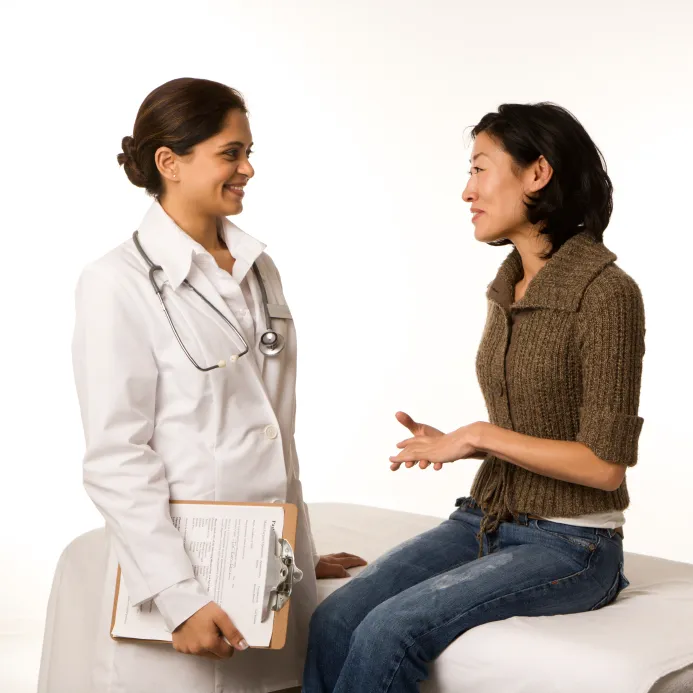
Beyond Mammograms
Here’s a statistic for you: For every 2000 women obtaining annual mammogram screening for 10 years, 1 less woman will die of breast cancer. 20,000 mammograms will be performed. During that time, 10 women with non-threatening disease will receive a diagnosis of breast cancer and are unnecessarily treated.
What’s your number? How many “over-diagnosed” people would you tolerate before you would say screening isn’t for you? To answer the question you have to imagine yourself in both positions.
If you receive a diagnosis of breast cancer based on annual screening over the next ten years, how likely is that an accurate diagnosis? A review study estimates the odds at 10 to 1 of you being over-diagnosed and over-treated. On the other hand your chances are 1 in 11 of being the one whose life is saved by the diagnosis detected by regular mammography. The catch is, of course, that when you are diagnosed and treatment is started, no one knows whether you are the one or simply one of the 10.
This is actually OLD information. What is news is a letter appearing recently in the online version of the Journal of the American Medical Association. Researchers questioned people undergoing routine cancer screening: less than 10% had been informed of the hazards of overtreatment inherent in routine screening, 69% said they wanted to know, and many would have refused screening when informed of the actual risks of overtreatment, which varies among different cancers.
Does your physician inform you of the risk of overtreatment when ordering a PSA, a mammogram or a colonoscopy?
And what is your physician’s responsibility in this situation?
A key part of good medical training explores the decision tree involved in ordering any medical test. Considerations include likelihood of the test making an impact: if treatment choices don’t change according to test results, perhaps it shouldn’t be done. The likelihood of false negatives (falsely reassuring tests) or false positives (the results look like disease but aren’t accurate) should always be a consideration. One of the wonderful things about a test like the pap smear is that it’s safe to perform, and it’s a very valid test (not too many false negatives or positives), particularly when repeated and paired with other recommended tests (HPV status). Abnormal findings come early enough that the course of the disease can definitely be altered by treatment.
Mammograms, on the other hand, do expose breast tissue to x-ray (ionizing) radiation, one of the few definite, widely agreed upon environmental carcinogens. More x-rays, greater likelihood of breast cancer. But the mammogram dose of x-ray is quite low, so what can the harm be?
I see two harms in the routine approach to mammography. Because physicians often recommend it so regularly and at such an early age (40 years old), we generate ten cases of over-diagnosis and over-treatment for every woman saved by the procedure. Without considering financial costs, think of the mental, emotional, and physical costs to those ten women who become “breast cancer survivors”, when they could have blissfully been “breast cancer free” if they had never had a mammogram. They have endured medical and surgical procedures, each of which has a risk, and will never have the same confidence in their bodies as they did before their diagnosis. Certainly each individual woman has the right to a realistic appraisal of the potential value – or lack thereof – in annual mammography.
The second harm associated with mammograms is one inherent to our current “health care system” – a system that focuses on identifying and treating problems rather than preventing them. We have learned many things pertaining to breast cancer that indicate which lifestyle choices and actions are associated with greater or lesser risk. Most physicians rely on commercially available “public service announcements”, rather than spend the time to learn the information and share it with patients.
Physicians are trained to obtain informed consent before instituting any medical procedure, a consideration that should also precede vaccinations, prescriptions, and screening recommendations. Taken to a practical level, we might all benefit from sharing public knowledge about disease prevention, as part of the routine medical practice of obtaining informed consent for screening or treatment.
Following that thread, check back on my Breast Cancer Prevention page as I add to it all the great information I learned from a recent survey of the medical literature!

